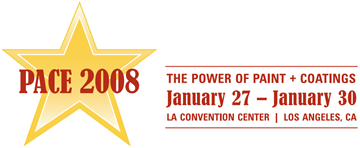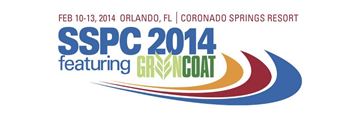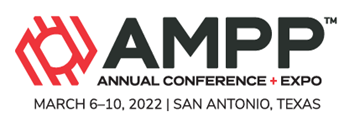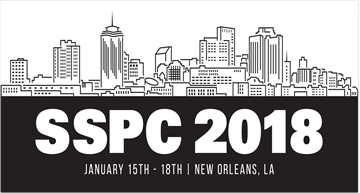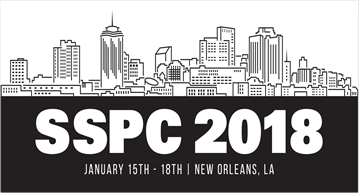Search
Products tagged with 'coatings'
View as
Sort by
Display
per page
Ultra-violet Curable Coatings from Highly-Functional Acrylated Biobased Resin
Product Number:
41212-697-SG
Publication Date:
2012
$20.00
Understanding Adhesion Test Data - The Importanceof Round Robin Evaluations
Product Number:
41208-455-SG
Publication Date:
2008
$20.00
Understanding Materials Testing as it Relates to Product Evaluation and Selection in the Polymeric Flooring and Coatings Industry
Product Number:
41214-856-SG
Publication Date:
2014
$20.00
Understanding the Effects of NaCl Concentration on Zinc Phosphate Pigment Morphology and Composition by Advection Through Phenoxy Thermoplastic Free Films
Product Number:
41216-946-SG
Publication Date:
2016
$20.00
Underwater Ship Hull Coatings Systems in thte Post-TBT ERA
Product Number:
41212-661-SG
Publication Date:
2012
$20.00
Upcoming Changes To NSF Drinking Water System Components Program (NSF 600) - No Need To Be Afraid
Product Number:
51322-18136-SG
Publication Date:
2022
$20.00
Updating ASTM D7091 Standard Practice for Coating Thickness Measurement
Product Number:
51218-088-SG
Publication Date:
2018
$20.00
Use of accelerated weathering testing to reduce risk for new topcoat standards and specifications
Product Number:
51218-168-SG
Publication Date:
2018
$20.00
Use of Atlas Test Cells to Assess the Performance of Coatings with Varied Permeance over Concrete Masonry Units (CMU)
Product Number:
41212-695-SG
Publication Date:
2012
$20.00
Use of Modern Technologies to Solve an Ageing Scaling Problem
Product Number:
51323-19296-SG
Publication Date:
2023
$20.00
Use of Waterjetting in Conservation of Historic Structures
Product Number:
41205-205-SG
Publication Date:
2005
$20.00
USING A CLIMATE CONTROLLED APPLICATION CHAMBER TO UNDERSTAND COATING DYNAMICS
Product Number:
51218-101-SG
Publication Date:
2018
$20.00


